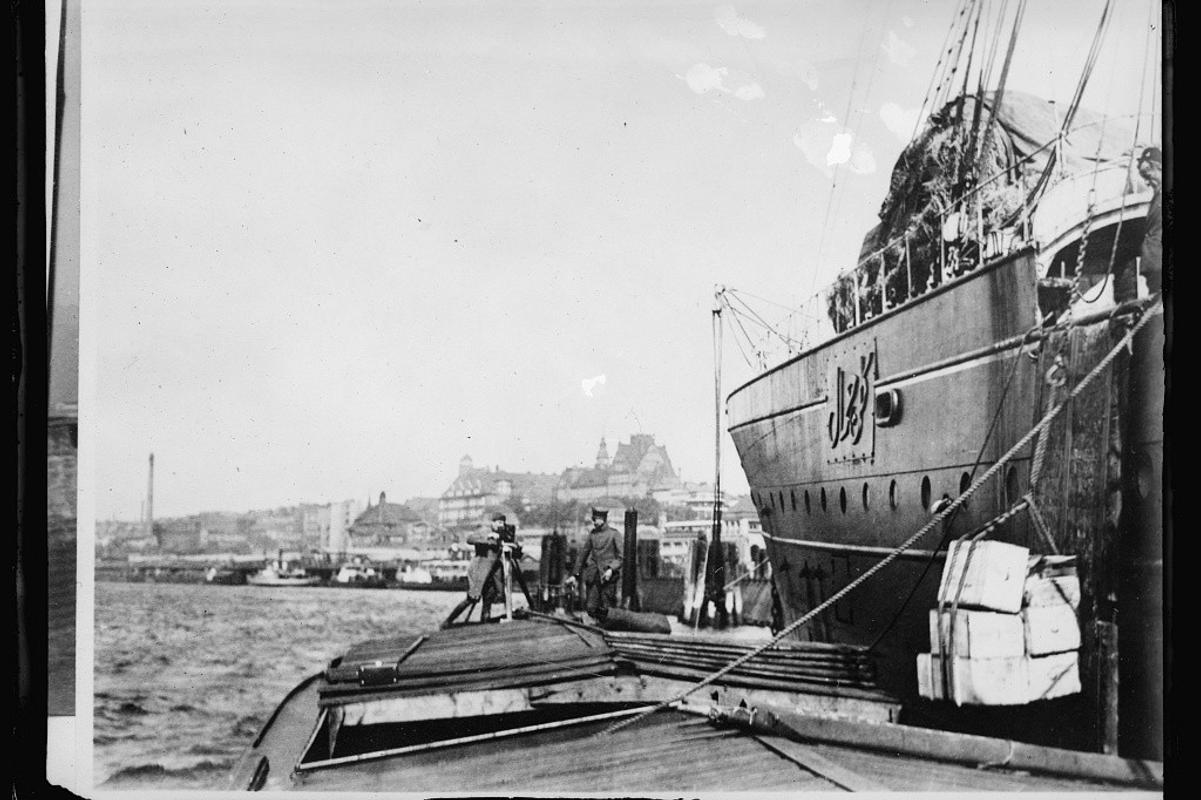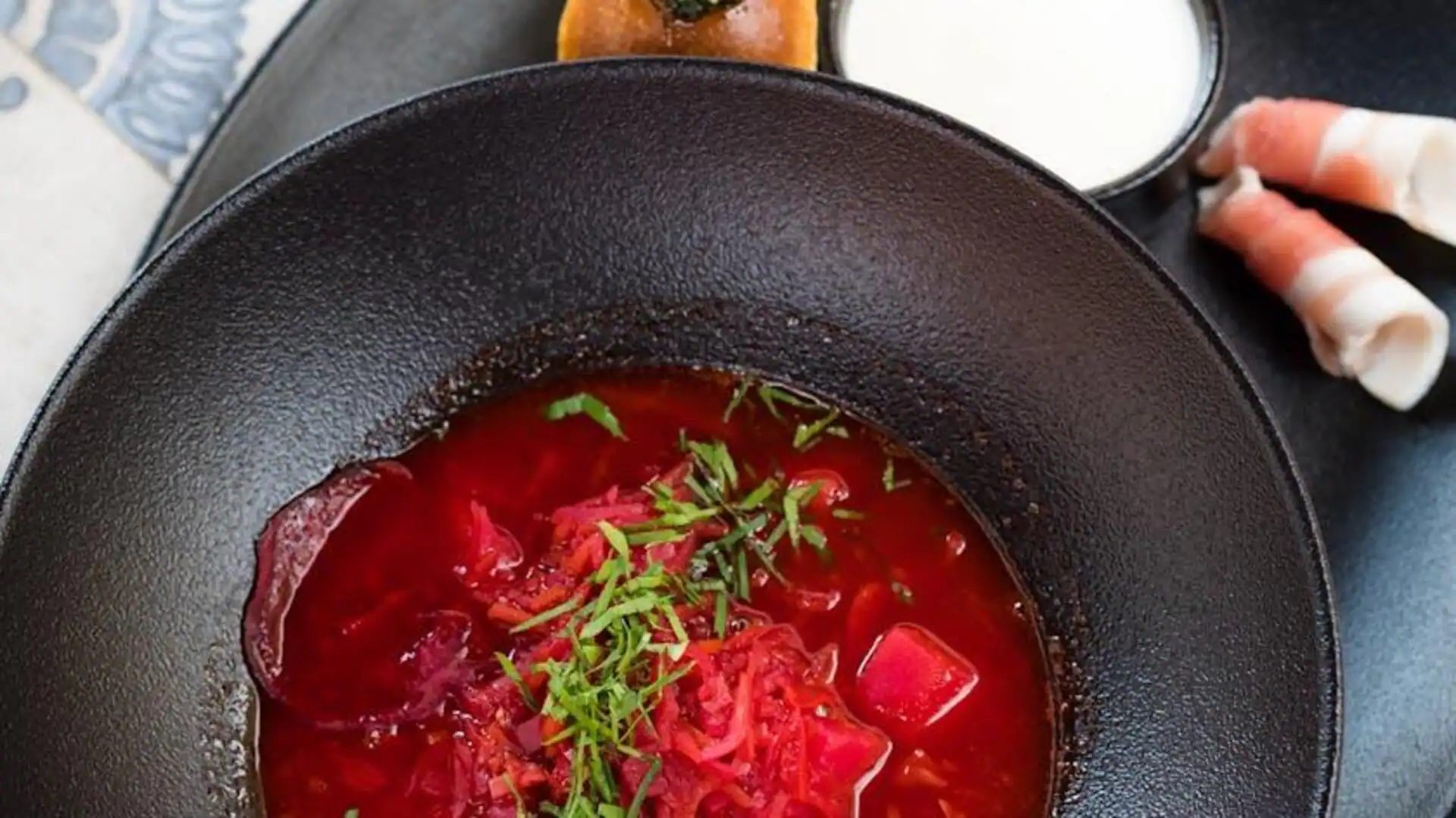By Kristína Chromeková
Copyright sme

You can read this exclusive content thanks to the FALATH & PARTNERS law firm, which assists American people with Slovak roots in obtaining Slovak citizenship and reconnecting them with the land of their ancestors.
This is the first of a two-part series on how Slovak emigrants settled in the US. The second part will focus on their work, social and cultural lives.
Emigration of Slovaks to the US reached its peak before World War I. By the interwar period, thousands were living beyond the so-called “big pond”, building a new life for themselves.
Writing home about how they fared, they inspired many more to try their luck overseas.
The envelope with the letter often contained money for the trip or even a boat ticket. It was not unusual for the first family daredevil to be followed by other members and eventually even acquaintances from their home village. Thus, numerous Slovak communities and neighbourhoods formed in American cities.
When World War I ended, Slovaks in America had already created a community infrastructure. A new immigrant could find accommodation with Slovaks in so-called boarding houses, compatriot associations, Slovak churches and even buy newspapers in their native language. Some Slovaks started their own businesses, running pubs, butcher shops, groceries, even selling boat tickets. Interestingly, they were also involved in funeral services, a business almost unknown at home. This way, they not only earned their bread but also helped maintain a Slovak community in the US.
Journey across the ocean
The journey in search of a better life first led Sovaks to one of the major European ports, most often Bremen, Antwerp, Hamburg, Rotterdam, Cherbourg or Trieste. From there, the steamer headed straight to the east coast of the US, most often to New York. Only a few selected steamship companies from France, Italy, Belgium, Denmark, the US, the Netherlands, England and Germany were allowed to transport citizens of Czechoslovakia.
The journey was not cheap, which is perhaps one of the reasons why only men travelled first and later sent the money they earned to their wives and children. In 1925, most companies had a uniform price for a ticket. The third – lowest – class ticket cost $127.50, with children under one year old usually travelling for free or $5, and children under 10 for about half the fare. The voyage lasted about two weeks and most ships headed to Ellis Island, the immigration station in New York City.
On land, each passenger had to undergo a several-hour inspection involving the check of their papers and necessary documents, as well as a detailed health examination and literacy tests. Those who successfully passed were able to take their first step into a new life and into a big city they had never seen before. While some had relatives waiting for them right at the station, others only received a train ticket or instructions on how to reach their families.
As for where they were headed, most settled in the northeastern part of the US – 391,285 officially registered Slovaks lived in the states of Pennsylvania, New York, New Jersey and Connecticut by 1920. With 296,219 compatriots – almost half of the total number in the US – Pennsylvania alone became the actual centre of American Slovaks. The second most popular region was the American Midwest, with 134,784 Slovaks registered by 1920 in the states of Illinois, Wisconsin and Ohio. Industrial areas provided the most important thing that immigrants were looking for – plenty of job opportunities. They found employment in the steel mills and coal mines of Ohio and Pennsylvania, in Chicago slaughterhouses, in flour mills in Minneapolis and, from the 1920s onward, in the automotive industry in Detroit, where they worked on assembly lines.
Statistics also confirm the concentration of immigrants in cities and industrial areas. For example, in the Pennsylvanian city of Aliquippa, residents born outside the US made up two-fifths of the population in 1920; in the cities of Steubenville, Ohio, and Plainfield, New Jersey, it was one-fifth. A smaller number of Slovaks chose to live west of industrial centres, establishing family farms. However, the rest of this series covers only the life of Slovaks in the industrial centres.
It is interesting that, when registering at Ellis Island, many Slovak immigrants listed their occupation as ‘worker’, although they were farmers back home. A newspaper story from 1921 hints at why they preferred working in industry to agriculture. At Ellis Island, a reporter met a group of Czechoslovak immigrants who were traveling to acquaintances in Chicago, where they had been promised factory jobs. One of the men told the reporter he had earned approximately 40 cents a day farming back home. When asked if he would like to make a living as a farmer in America, the man laughed. Farming to them meant cultivating a small piece of land, hard work for low wages, and last but not least, work for only part of the year.
Living conditions in US Slovak communities
As already mentioned, Slovaks settled mostly in areas where their compatriots were already living. These were often people from the same village or family members who invited them to the US. One of the first Slovak ‘colonies’ was Cambria City in Johnstown, Pennsylvania. Life in the industrial districts of Cambria City and Minersville was hectic, the neighbourhoods crowded with Eastern Europe immigrants working at the Cambria Iron Works. The air was full of acrid smoke from the steel mills and the residents also had to get used to the noise from the surrounding plants; in addition to the steel mills, there were also distilleries and bottle factories.
At that time, cities did not have sufficient infrastructure for waste disposal, snow removal or sewage. This led to water pollution and created ideal conditions for the spread of disease. Deteriorating living conditions – especially smoke and smog from factories – caused not only respiratory problems, but also irritation and damage to eyesight. The most common diseases were anaemia and tuberculosis. The fact that workers were not given the opportunity to wash after physically demanding work in which they were exposed to toxic substances did not help either.
Household conditions were not any more favourable, especially until the early 1920s. Apartments were usually dark and poorly ventilated. There was also a shortage of housing for the ever-increasing number of immigrants. In some areas, they lived in multi-storey houses divided into units, with several families often sharing a bathroom and kitchen. Conditions gradually improved; for example, in New York in 1909, only 6 percent of immigrant apartments had a separate toilet, but most had water.
In industrial districts, companies often built houses for their employees. This sometimes led to exploitation of workers, as the company had a monopoly on providing rent in the given area. However, there were also positive examples. For example, Cambria Iron Works not only rented out the houses it had built, but also supported employees’ efforts to obtain their own housing. In a few cases, it even sold rental houses at a discounted price. In addition, some Slovak families from Johnstown rented small plots of land from nearby farmers where they could raise chickens, pigs, or cattle.
A popular form of accommodation was the boarding house. A family that had saved enough money to buy or rent a larger property would open its home to other tenants, usually compatriots. It was usually a two-storey house with at least four rooms and an area of up to 50 square metres. The owners kept only one room on the ground floor for their family, renting out the rest. Tenants often shared a bed with a colleague – while one worked, the other slept, alternating between day and night shifts in factories.
The operator of the boarding house was most often a man who already had a family in the US. In addition to accommodation, he also provided comprehensive care for the workers. His wife or a hired worker took care of the housework. For an additional fee, she cooked, prepared meals, did the laundry and sometimes even kept the men’s earnings. In addition to taking care of the household and the tenants, women raised children, supervised their homework and usually managed the family finances.
At the beginning of the 20th century, a spot in such a house cost $10 to $12 a month. Rental income made up a significant part of the family budget, and the family was able to earn up to two-thirds of a man’s income. In Johnstown alone, one tenth of the residents rented rooms in their house to more than ten people.
Slovaks in Johnstown could buy property for about $2,000 to $2,600 in the interwar period. One of the most expensive houses in the city cost $7,400 in 1919. Four years later, a four-storey house with hot water and heating cost $10,000, although its owner later lost it during the Great Depression. A typical two-storey house with a bathroom, rooms upstairs and a living room, kitchen, and bedroom downstairs cost about $4,000. However, the Cambria company often sold houses to its employees at more favourable prices – for example, a house with an estimated value of $6,000 was sold for just $3,500.
By the mid-1930s, American households already had a high standard of living. Electric light, water, sewage and central heating were commonplace, as were conveniences such as an electric refrigerator, telephone and radio. Thanks to mass production, home furnishings became accessible to everyone. The households of Slovak immigrants did not differ much from others, though they were often decorated with small objects brought from their old homeland, reminders of where they had come from.
Spectacular Slovakia travel guide
A helping hand in the heart of Europe thanks to our Slovakia travel guide with more than 1,000 photos and hundred of tourist spots.Our detailed travel guide to the Tatras introduces you to the whole region around the Tatra mountains, including attractions on the Polish side.Lost in Bratislava? Impossible with our City Guide!See some selected travel articles, podcasts, and traveller info as well as other guides dedicated to Nitra, Trenčín Region, Trnava Region and Žilina Region.



